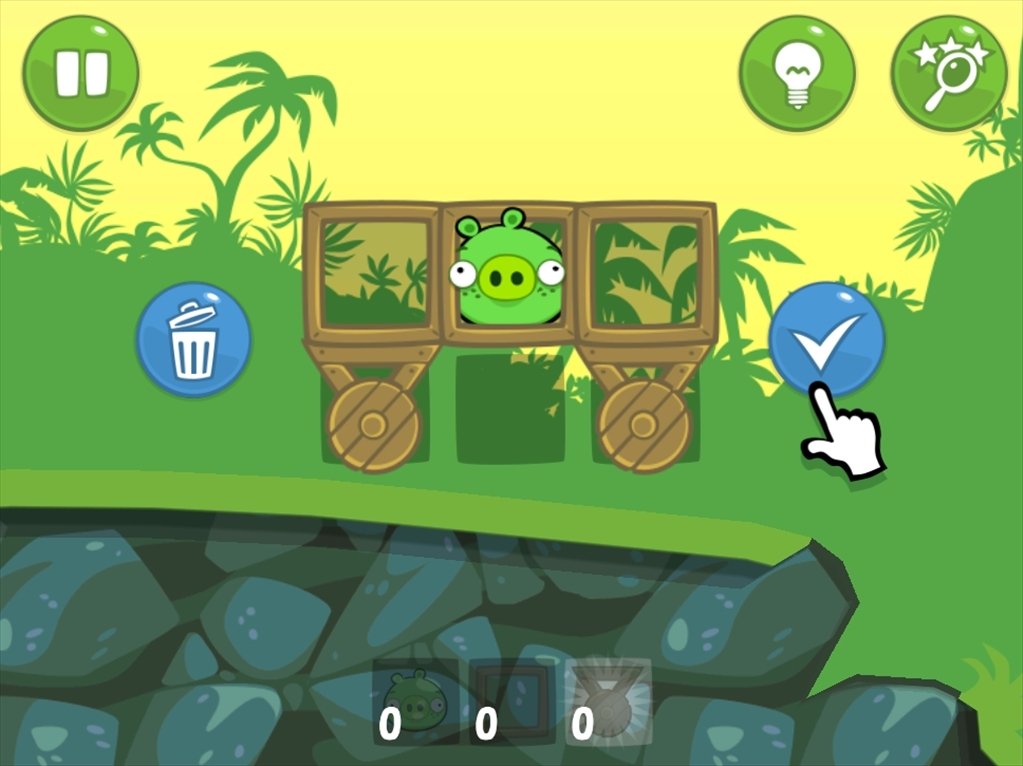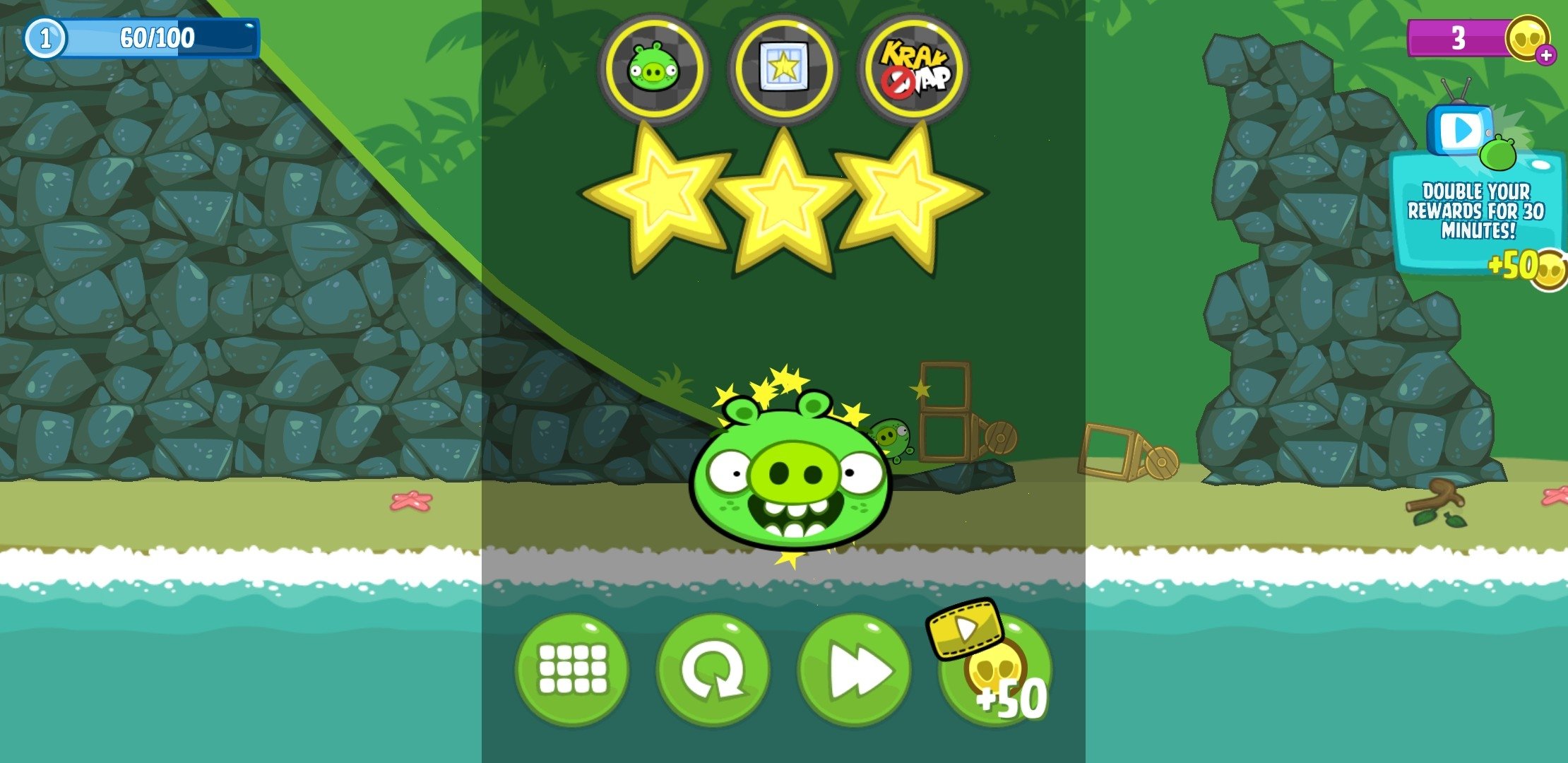

In light of the increasing frequency and severity of extreme weather events including flooding, these findings provide direction for future socio-hydrogeological interventions. The phenomenon of misperception was also evident among participants. However, their capacity to undertake appropriate actions was reduced by reliance on visual and olfactory evidence to assess water quality, and concerns regarding the financial cost and accessibility of water testing facilities. All focus group participants shared the view that owners were primarily responsible for their own wells. Most focus group participants expressed awareness of the potential severity of well contamination following flooding, but many did not consider their local area “at risk” of it, notwithstanding the occurrence of previous local flooding events. Six focus groups were conducted in four counties in Ireland, with the themes emerging from the focus groups refined, organised, and interpreted in the context of the Health Belief Model.

It is amongst the first qualitative studies employing focus groups to examine private well owners, and the first in an Irish context. This study advances the qualitative literature on this subject. Whilst the literature has previously found a lack of well stewardship among private well owners under ‘normal’ conditions, our understanding of private well owners’ perceptions of and preparedness for the risks posed by flooding to their domestic well-water supply is limited. However, the adverse health impacts of flooding, particularly as they pertain to private groundwater resources used for consumption, are frequently overlooked. A reprioritization of public health research is warranted to ensure that funding is dedicated to explicitly studying the effects of changes in climate variables on food- and waterborne diseases.įlooding events can inflict major disruption on society and cause significant infrastructural and environmental damage. Frequency profiles revealed an abundance of data on weather and food-specific determinants, but also exposed extensive data deficiencies, particularly with regard to the potential effects of climate change on the pathogens evaluated. Almost no information was available concerning the potential effects of changes in climatic variables on the pathogens evaluated, such as changes in air or water temperature, precipitation, humidity, UV radiation, wind, cloud coverage, sunshine hours, or seasonality. 8%), but they all displayed a distinct concentration of information on general food- and water-related determinants or effects, albeit with little detail. This proportion was lower for the other pathogens studied (Campylobacter sp.

and Cryptosporidium sp., data on climatic and environmental influences (52% and 49% of the total number of key facts, respectively) pertained to specific weather phenomena (as opposed to climate change phenomena) and environmental determinants, whereas information on the potential effects of food-related determinants that might be related to climate or climate change were virtually absent. These terms were organized, quantified, and mapped according to predefined hierarchical categories. Any material within each article that provided information about a relevant pathogen and its relationship with climate and climate change was summarized as a key fact, entered into a relational knowledge base, and tagged with the terminology (predefined terms) used in the field. The authors extracted from the PubMed and ScienceDirect bibliographic databases all articles published between 19 that were relevant to climate change and food- and waterborne diseases.


 0 kommentar(er)
0 kommentar(er)
